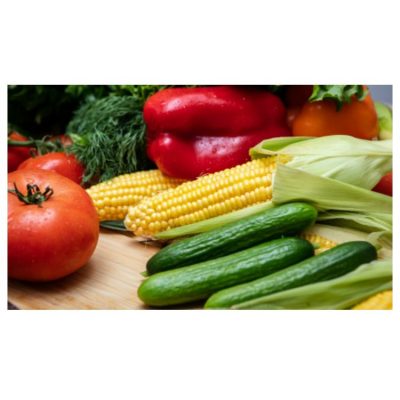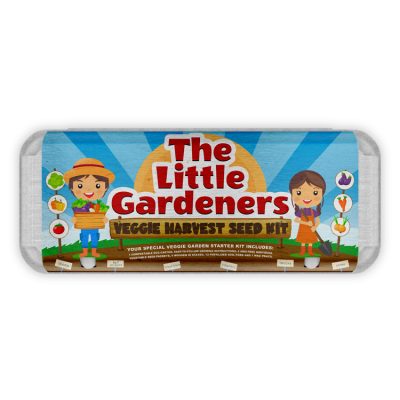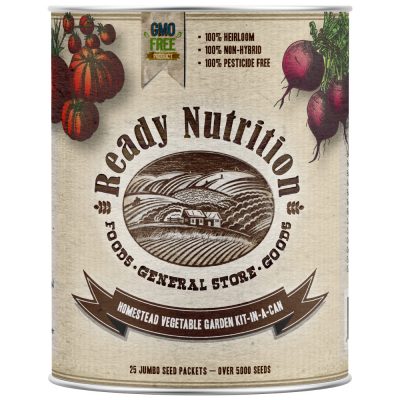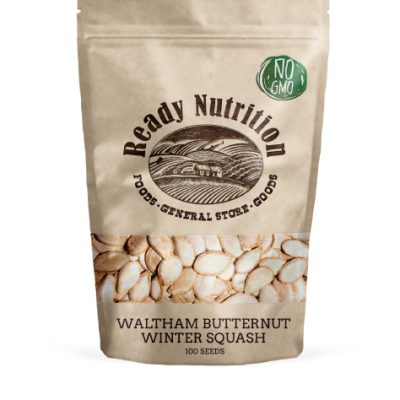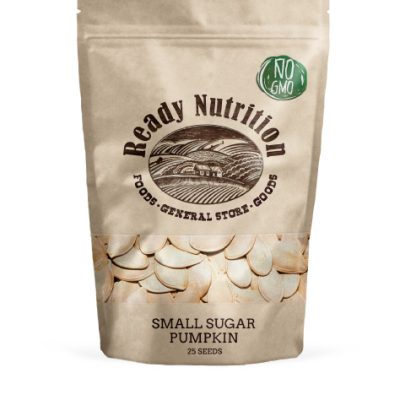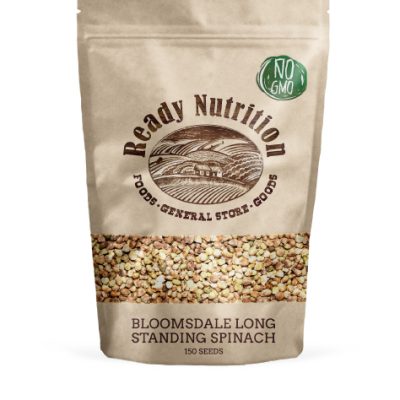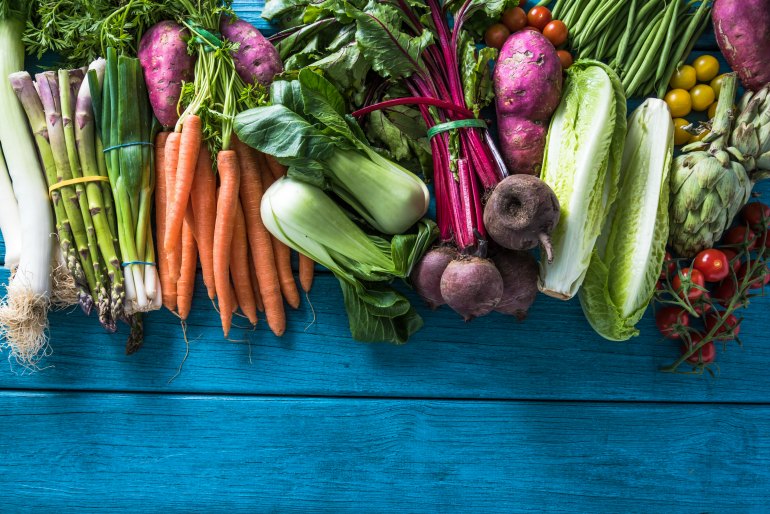
Now that we are full-blown into the summer months, most gardens have already been planted, and some are likely already being fruitful. But don’t forget, you can start a bumper crop and plant more vegetables in July that will produce before the first freeze. We’ve put this dandy little grow guide together for zones 3-8 on what you can still grow during the hottest times of the year.
Even in the July heat, there are still some great crops that can be planted that will keep your garden pumping out vegetables well into the fall! Personally, I already stagger vegetables like lettuce, so I maintain a constant crop outside through mid-October. With our new greenhouse, I look to extend that into the first few weeks of November before planting my lettuce indoors. It’s still a process I’m working on too, but, the more plants we can stagger and start at different times, the more successful we are likely to be at improving our self-sustainability. Here is a list of some of the vegetable varieties that we start growing for our cooler season garden.
Related: The Complete Step-By-Step Guide For Starting a Garden For The First Time
We will start our longer growing vegetables like cabbage, broccoli, and Brussels sprouts indoors and, once established, transfer them to the garden.
A quick tip: know your agricultural zone so you can plant the vegetables and fruits likely to succeed in your area. For example, I’m in zone 4 and I wouldn’t even try to plant an avocado tree outside!
Try planting these in July
Beans (Zones 3-8)
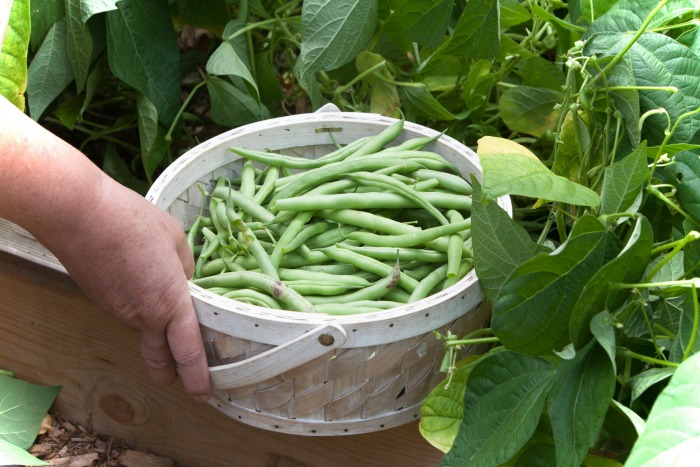
While many consider growing beans as a summer vegetable, you can still plant both bush and pole beans since they love warm soil and air. Try this popular heirloom variety for a continual 7-10 day sowing for a consistent bean crop in the fall.
Want All the Green Beans You Can Eat? Get the Best Harvest With These Growing Tips
Brussels Sprouts (Zones 3-9)
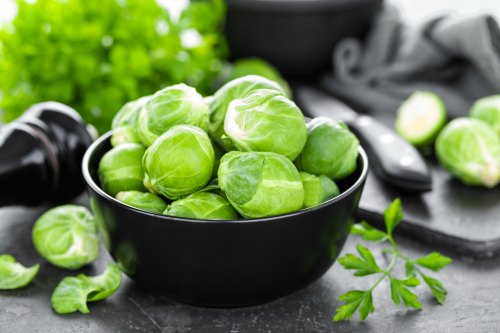
My family cannot get enough Brussels Sprouts in the winter. We love roasted Brussels with herbs sprinkled on top, boiled, or even raw in thin shavings. As well, if you have an overabundance of these “little cabbages,” you can pickle them too.
What makes them worth growing is hey have a long harvest and can be planted and transplanted in July. We have had limited success in zone 4, but do plan to try to plant these successively next summer.
Broccoli (Zones 3-6)
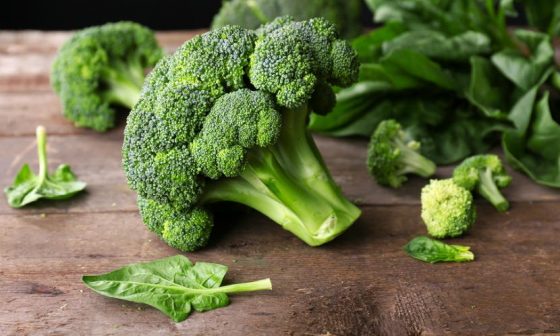
For a delicious fall harvest, start broccoli now to produce a crop well into November. If you are in a lower zone, you may need to start these in a greenhouse. Here is a helpful growing guide for planting and harvesting this vegetable.
If you’re looking for a nutrition-packed variety of broccoli, Green Sprouting Broccoli makes it one of the foremost vegetables to prevent cancer and just one ounce of broccoli has an equal amount of calcium as one ounce of milk!
Carrots (Zones 3-5)

Starting carrots or planting for cooler zones by mid-July yields a fall crop that will keep in the garden until used. Carrots should have a lot of success because they are underground. Ours will withstand even a light frost (zone 4) down to about 22 degrees, so we don’t plant them in the greenhouse. They also store well over the winter if prepared properly.
Here are some helpful growing tips for choosing the right carrot variety, growing, and troubleshooting tips for carrots.
Corn (Zones 3-8)

Corn loves to grow in warm weather. Try a small plot of corn in, working your way to a large field of several varieties. The last practical date to plant any corn variety is the first week in July and you must plant an early maturing corn variety. Here are some growing tips for a good corn harvest.
Due to heatwaves, corn must be watered frequently. As well, corn requires lots of fertilization. Plant seeds in fertile soil and add compost tea a few times a month once the corn begins to tassel.
Cucumbers (Zones 3-8)
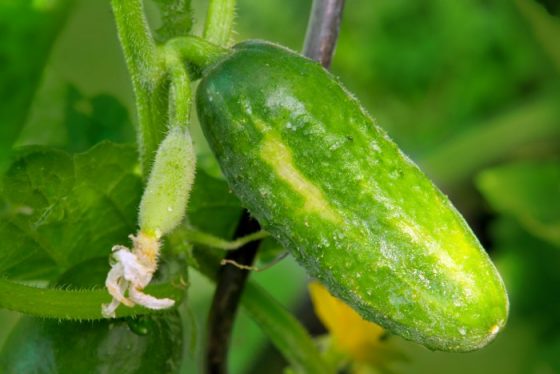
Fast-growing vine or bush cucumber plants can produce an abundance of cucumber fruits for a delicious early fall harvest. Be careful to pick a variety for the space you have in your garden. Vine cucumbers can be the best tasting but need far more space than bush varieties. As well, ensure that your cucumber plants get plenty of water while they are growing. Summer weather can dry out the cucumbers if they are not watered properly.
Related: Everything You Need to Know To Grow a Big Crop of Cucumbers
Kale (Zones 3-9)
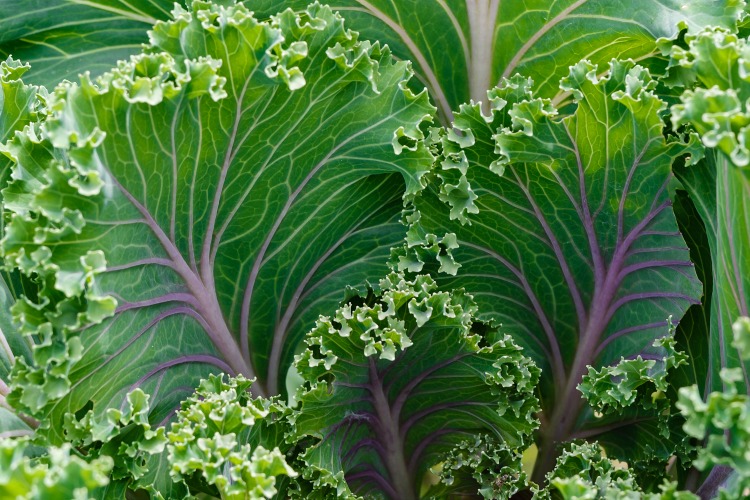
Planting kale mid-July through mid-August will yield an excellent harvest in the fall and winter. Kale will also withstand a light frost and we have also had a lot of success with planting this in stages, known as succession planting.
Why we love kale is that it could easily be a landscaping plant, but it doubles as an amazing superfood! Kale is one of the most nutritional foods that can be consumed and this gardening will help you grow an abundant crop in your garden. Here is a great growing guide from plant to harvest on kale.
My Personal Experience With Succession Planting
This type of gardening is going to take some trial and error. I still haven’t mastered “succession planting” for my zone and it’s been a solid 4 years of trying. I am improving, however, and those who live in more Northern areas where sunlight is going to be an issue for growing indoors during those cold winter months should try using grow lights. This winter will be my first using them, but I know many people who have had great success doing this!
Another tip of mine that comes from personal experience, is to buy non-GMO heirloom organic spinach seeds. Let one plant go to seed (flower) and leave it alone until the first frost of fall. Then cut the flowered parts off, and lay them on the ground where you’d like the spinach to come up in the spring. We had spinach in early May ready to eat, and this was done ACCIDENTALLY! I left two spinach plants alone and let them just die back because we had too many to use, and was curious what they would do. I was pleasantly surprised that we’ve been able to enjoy spinach for months without having to buy it from the grocery store. In fact, we’ve done all spinach salads when I have run out of lettuce just so I didn’t have to go out!
Once your bumper crop has been harvested, we like to add some composted manure into the soil and start our fall garden. Because the fall growing season is a short one, look for fast-growing vegetables that have quick maturity times, like these varieties.
Gardening does not have to be a spring and summer activity. You can grow all year and not only save on the grocery bill but have peace of mind knowing you have delicious and nutritious food to last year-round!

